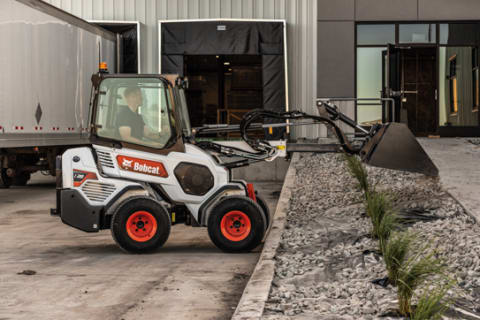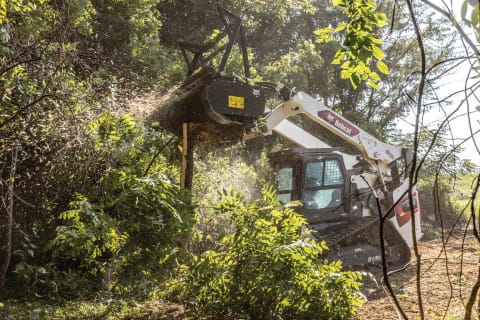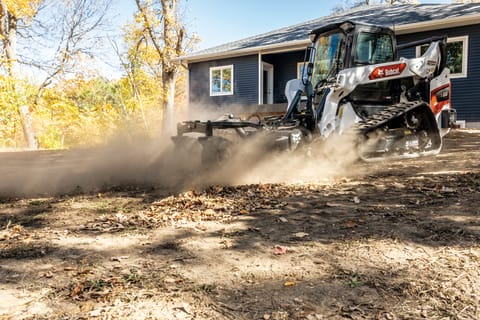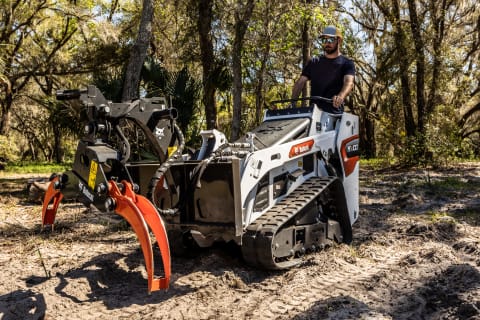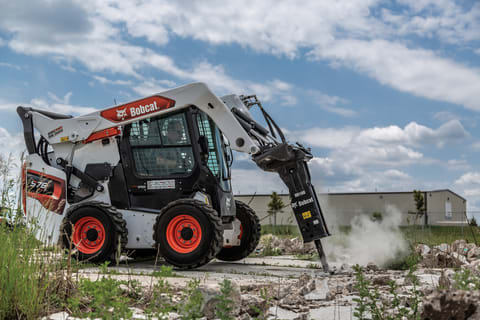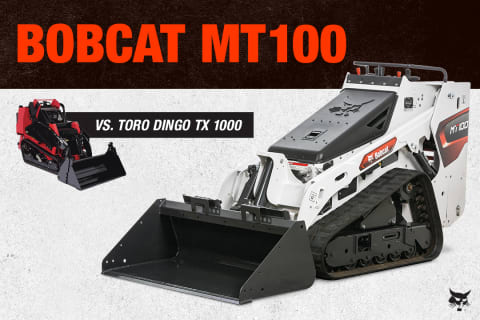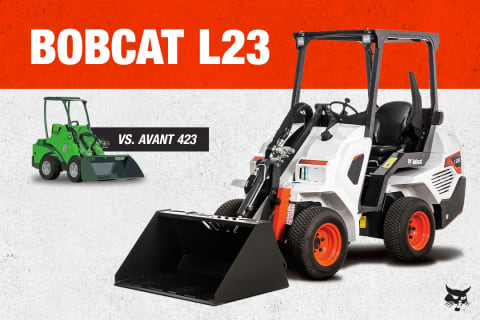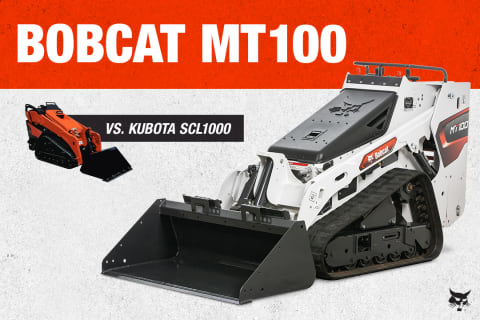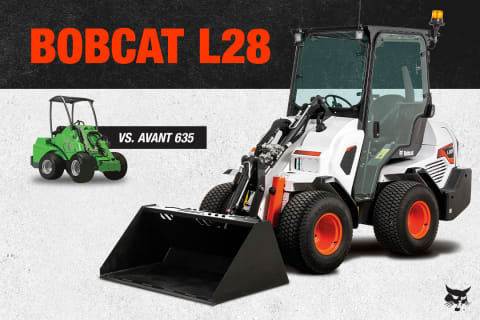- Home
- Buying Resources
- Loaders
- How to Build a Safety Mindset at Your Company
Build Your Loader, Get a Free Price Quote
Customize your loader. Select the model, choose options, and submit to your local dealer for a free price quote.
Build & QuoteHow to Build a Safety Mindset at Your Company
Published on January 6, 2015
Whether you’re operating equipment or in charge of training others to use it, understanding and practicing equipment safety helps everyone work safer, faster and more efficiently on the jobsite. Workplace safety can lead to better overall performance and project profitability, and most important, it reduces the risk of injury to you and other workers or damage to the equipment or other property.
Building a safety mindset requires a shared responsibility at all levels of your company and a commitment to:
- Proper training for new employees and refreshers for current employees
- Daily safety integration
- Continuous improvement
- Positive reinforcement
A safety culture starts with management and operational team members who treat safety and health as an investment, not a cost, and who value safety and demonstrate model behaviors.
Educating your operators on machine capabilities and safe operation is the key to reducing risks on the jobsite. The amount you invest in safety education and training can reap dividends in increased performance and profitability — not to mention the decreased negative consequences of a careless work environment — injuries, insurance claims, lost revenue or even worse.
Knowing how a machine works, realizing its capabilities and limitations, and exercising appropriate behavior inside and around the machine can help minimize the risk of accidents.
Universal Safety Guidelines for Compact Equipment
- Always read and understand the Operation & Maintenance Manual before operating.
- Follow the warnings and instructions on machine safety signs to avoid situations that can cause serious injuries or death.
- Make sure your machine is properly maintained following the manufacturer’s instructions.
- Never modify the machine or used attachments that are not approved by the manufacturer.
- Wear tight-fitting clothing that cannot get caught on controls or working components inside and outside of the machine.
- Always use the designated grab handles and steps when entering or exiting the machine and maintain three points of contact.
- Securely fasten the seat belt before operating.
- Pay close attention to all warning lights and gauges.
- Never attempt to start the engine or operate the controls from outside the machine.
- Always look in the direction of travel (including to the rear before backing up) and check each side before swinging or turning the machine.
- Operate at a low speed in an area without bystanders until you are comfortable using the machine and can operate the machine and attachment safely under all work area conditions.
- Never allow riders on the machine.
- Keep all body parts inside the operator area while operating.
- Be aware of overhead power lines, underground lines or obstacles.
- Make sure proper ventilation is provided if working in an enclosed area or building.
- Do not overload or exceed the machine’s rated operating capacity or load limits.
- Travel slowly uphill or downhill, with the heavy end of the machine uphill. (When loaders or handlers are empty, the heavy end may be the rear of the machine.)
- Avoid sudden stops or turns, steep slopes, drop-offs, rocks, culverts and stumps.
- Before leaving the operator area, lower all equipment to the ground, engage the parking brake (if equipped) and stop the engine. Make sure all controls are in the neutral or parked position.
Safety Resources for Operators and Mechanics
A manufacturer’s Operation & Maintenance Manual is the ideal source for machine-specific operation and maintenance information. Bobcat Company also offers operator training course kits and safety videos, in both English and Spanish, designed to improve safety and productivity at your company.
Safety manuals from the Association of Equipment Manufacturers (AEM) are another great resource to promote safety awareness. These manuals point out some basic safety situations which may be encountered during normal operation and maintenance, and suggest possible ways of dealing with those conditions.
Explore More Loader Resources
View All Articles- Small Articulated Loaders Productivity for Grounds Maintenance
Small Articulated Loaders Productivity for Grounds Maintenance
Learn about how versatile and powerful small articulated loaders increase productivity and their advantages for ground-maintenance and landscaping professions. - How Compact Loaders are Beneficial for Forestry Work
How Compact Loaders are Beneficial for Forestry Work
Learn how Bobcat compact track loaders and skid-steer loaders provide versatility with attachments and machine power to increase your productivity for forestry work. - Landscaping Attachments for Compact Loaders
Landscaping Attachments for Compact Loaders
Explore the top landscaping attachments for your compact loaders, like compact track loaders for versatile productivity and power on the job. - Top Attachments for Mini Track Loaders
Top Attachments for Mini Track Loaders
Discover the top attachments from the 24 available for the Bobcat Mini Track Loaders for job-specific landscaping, grounds maintenance and forestry challenges. - Bobcat Attachments for Concrete Work with Compact Loaders
Bobcat Attachments for Concrete Work with Compact Loaders
Learn why Bobcat loaders are the machines of choice for concrete contractors with the productivity increase of Bobcat attachments specifically for concrete work. - How to Choose Compact Track Loader Tracks
How to Choose Compact Track Loader Tracks
The right compact track loader tracks can improve your machine’s performance, minimize ground disturbance and extend your working season in wetter months. - Bobcat MT100 vs. Toro Dingo TX 1000
Bobcat MT100 vs. Toro Dingo TX 1000
When choosing a mini track loader, it is important to examine key features and benefits. Explore how the Bobcat MT100 stacks up against the Toro Dingo TX 1000. - Bobcat L23 vs. Avant 423 Small Articulated Loaders
Bobcat L23 vs. Avant 423 Small Articulated Loaders
When choosing a small articulated loader, it can be overwhelming from the options. Explore this comparison of two popular options: the Bobcat L23 and Avant 423. - Bobcat MT100 vs Kubota SCL1000
Bobcat MT100 vs Kubota SCL1000
Every feature and specification matters, to obtain maximum production and output from a mini track loader. Compare the Bobcat MT100 against the Kubota SCL 1000. - Bobcat L28 vs. Avant 635 Small Articulated Loader
Bobcat L28 vs. Avant 635 Small Articulated Loader
Small articulated loaders provide impressive lifting capabilities. When looking at the Bobcat L28 compared to the Avant 635, here are some factors to consider.
